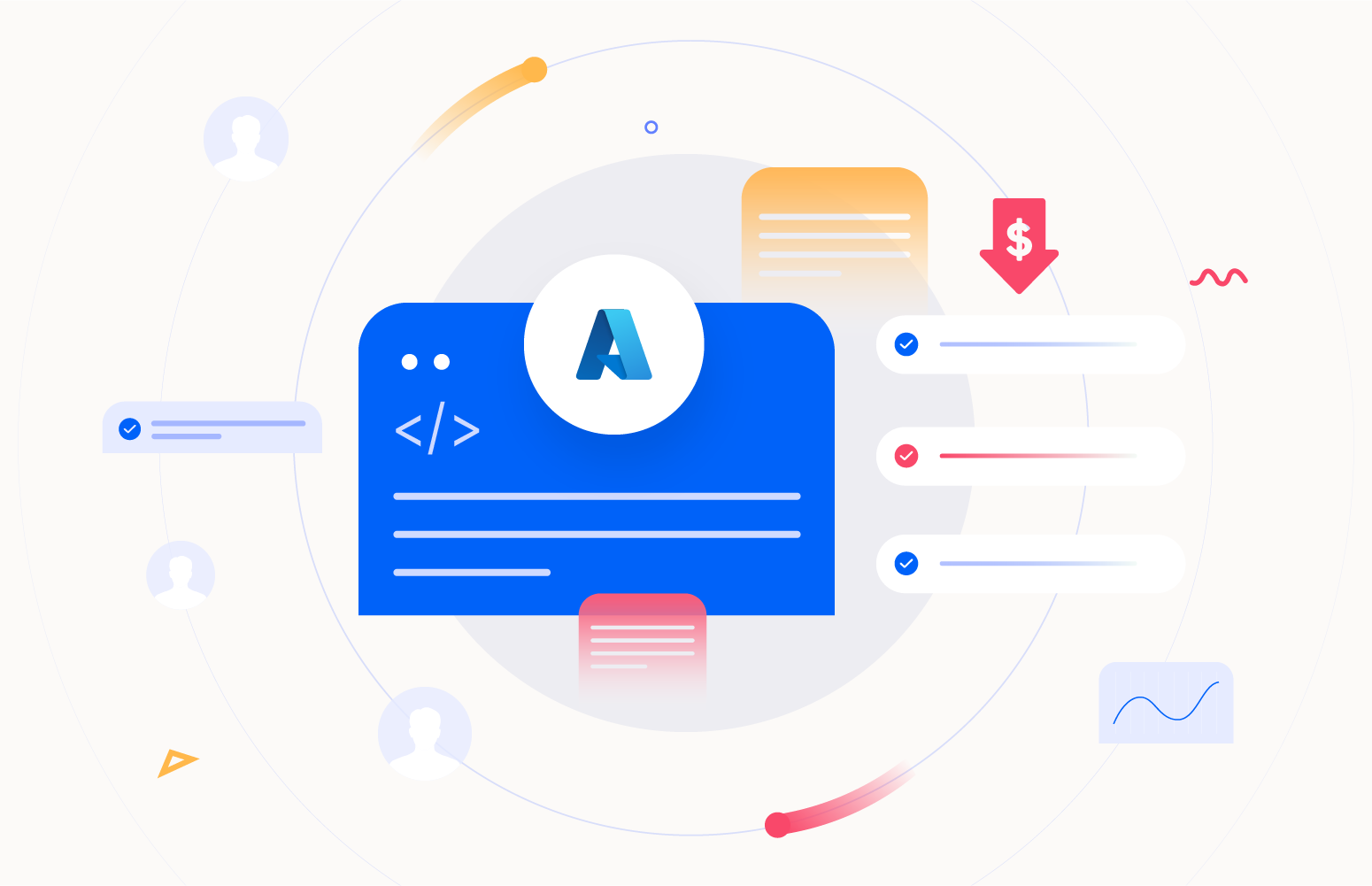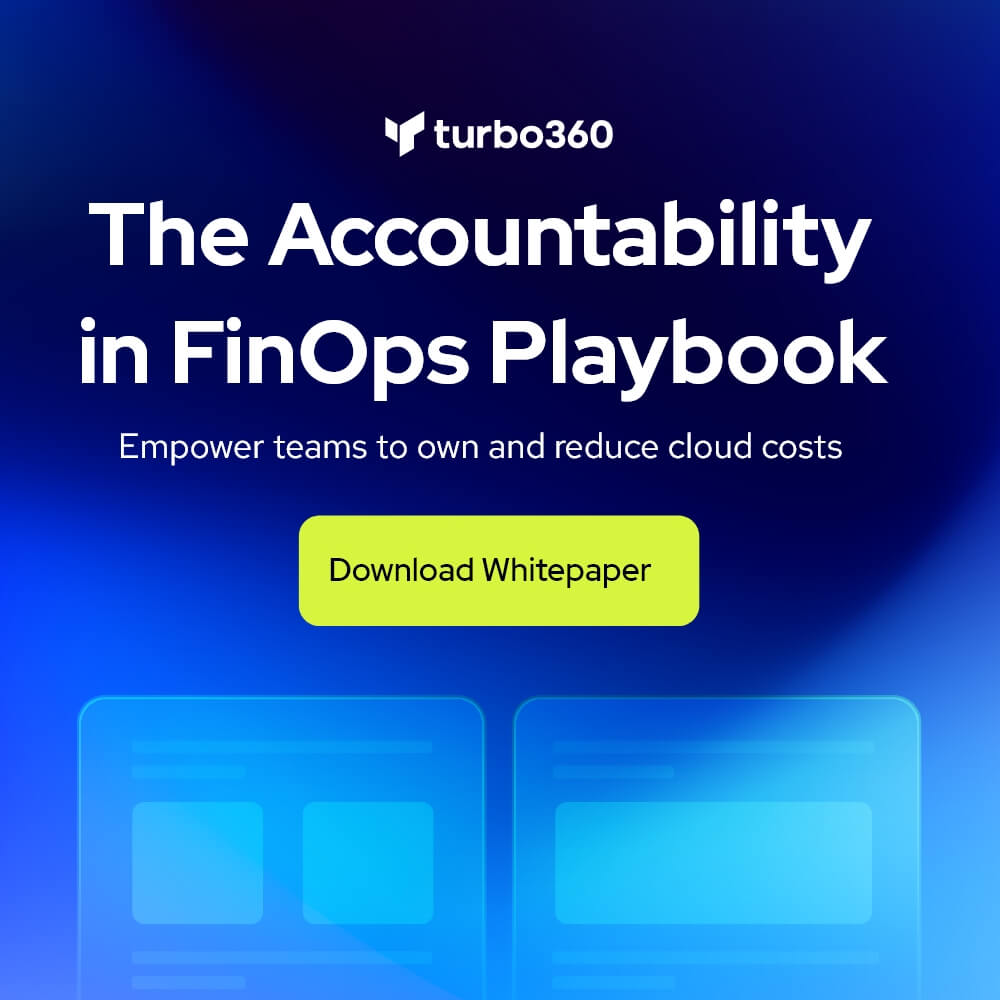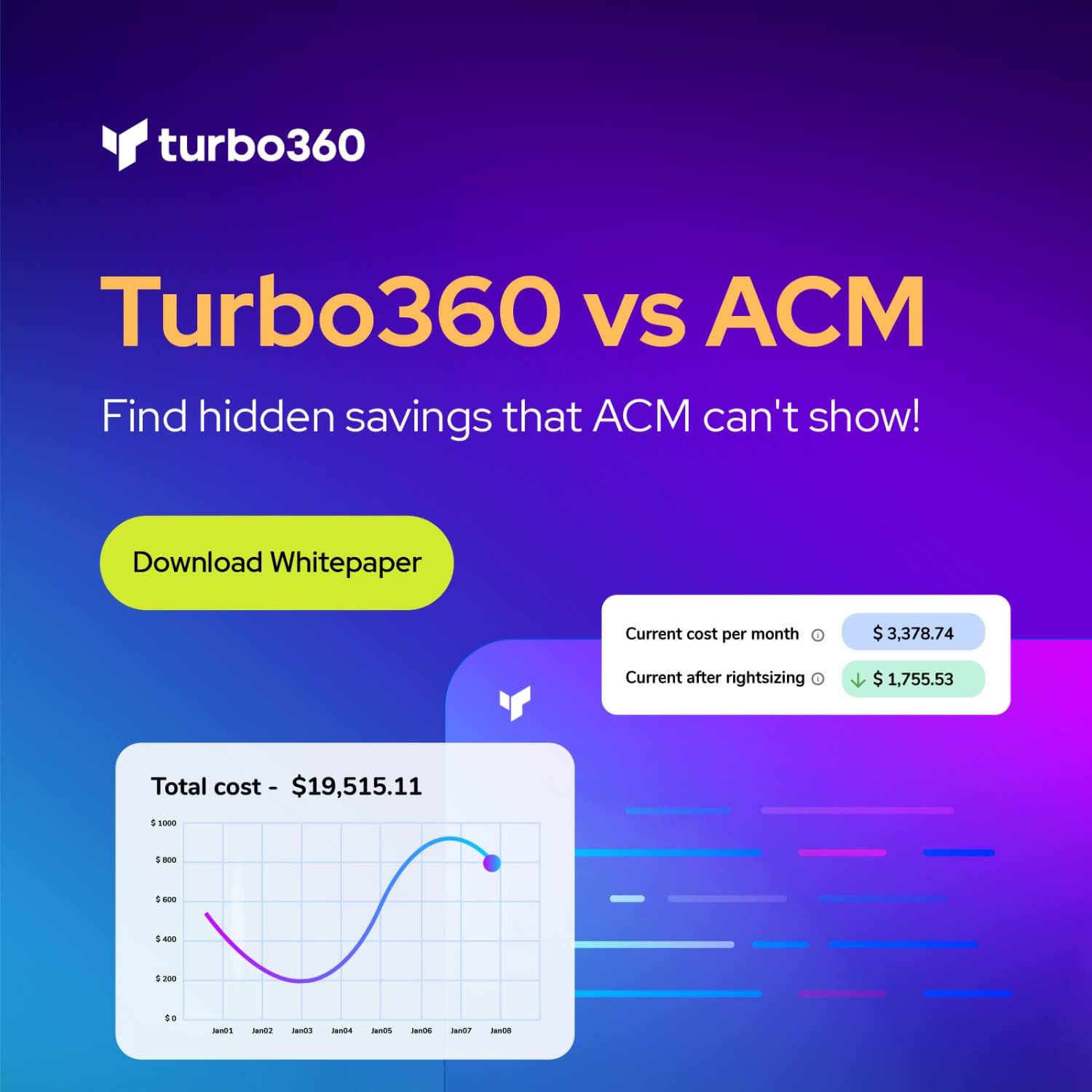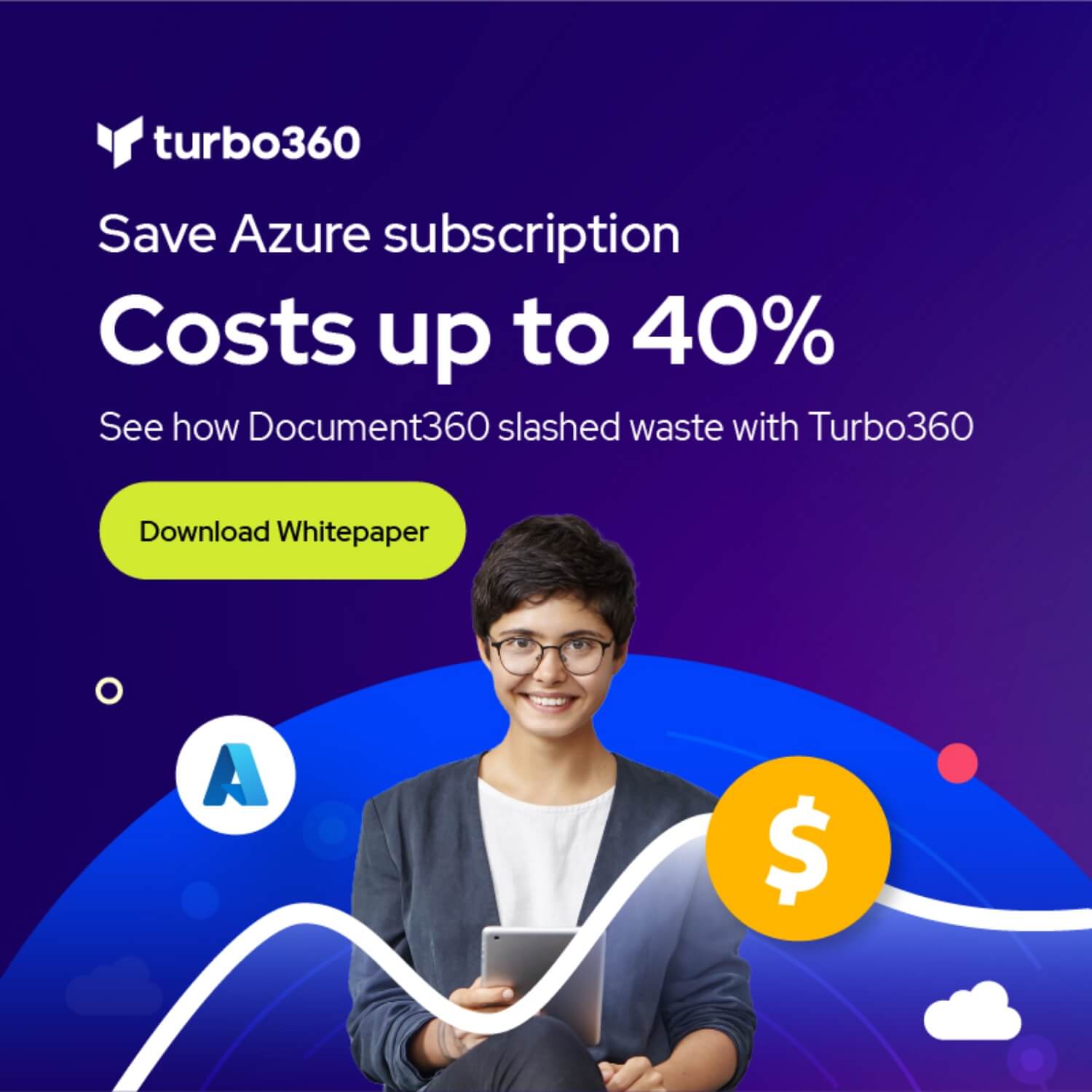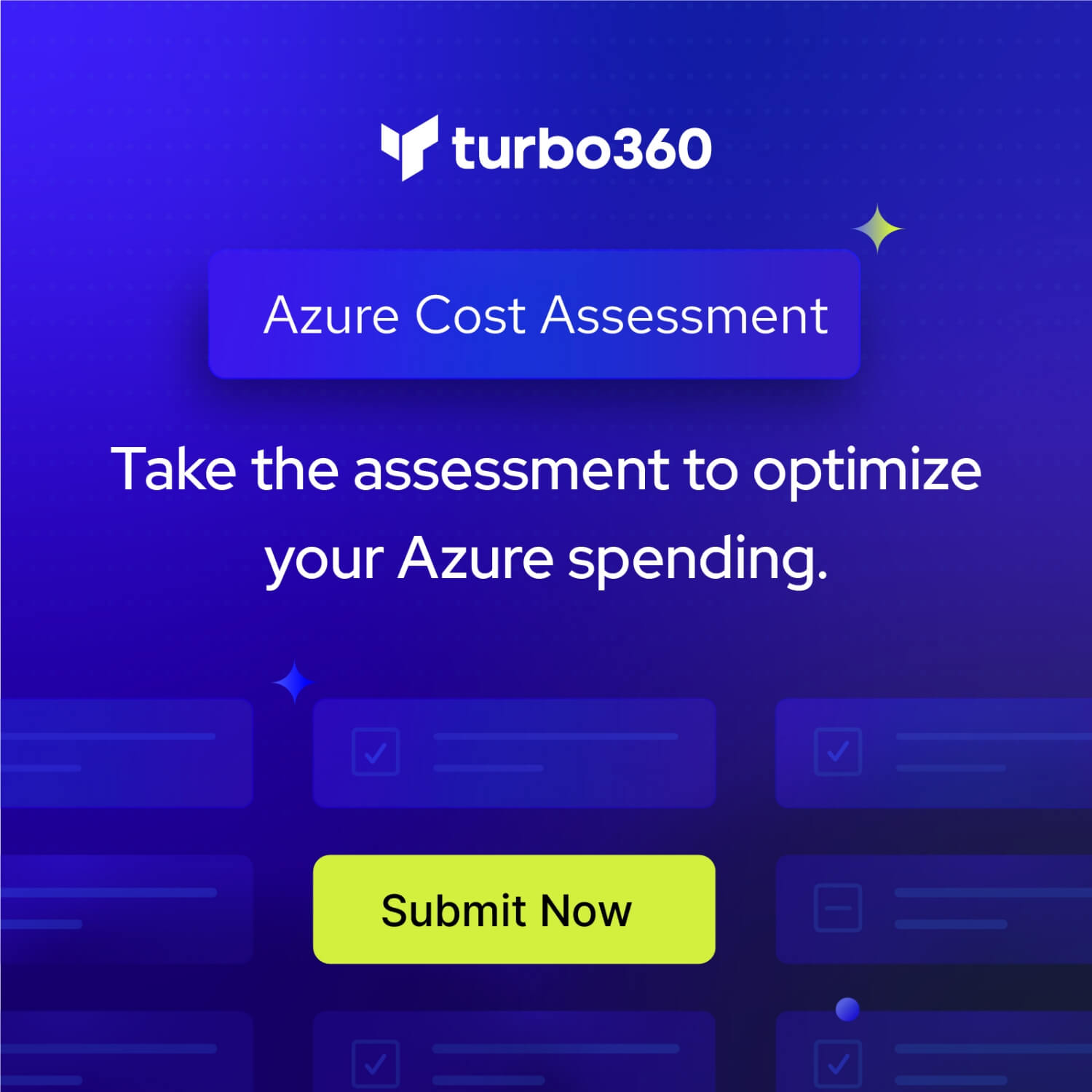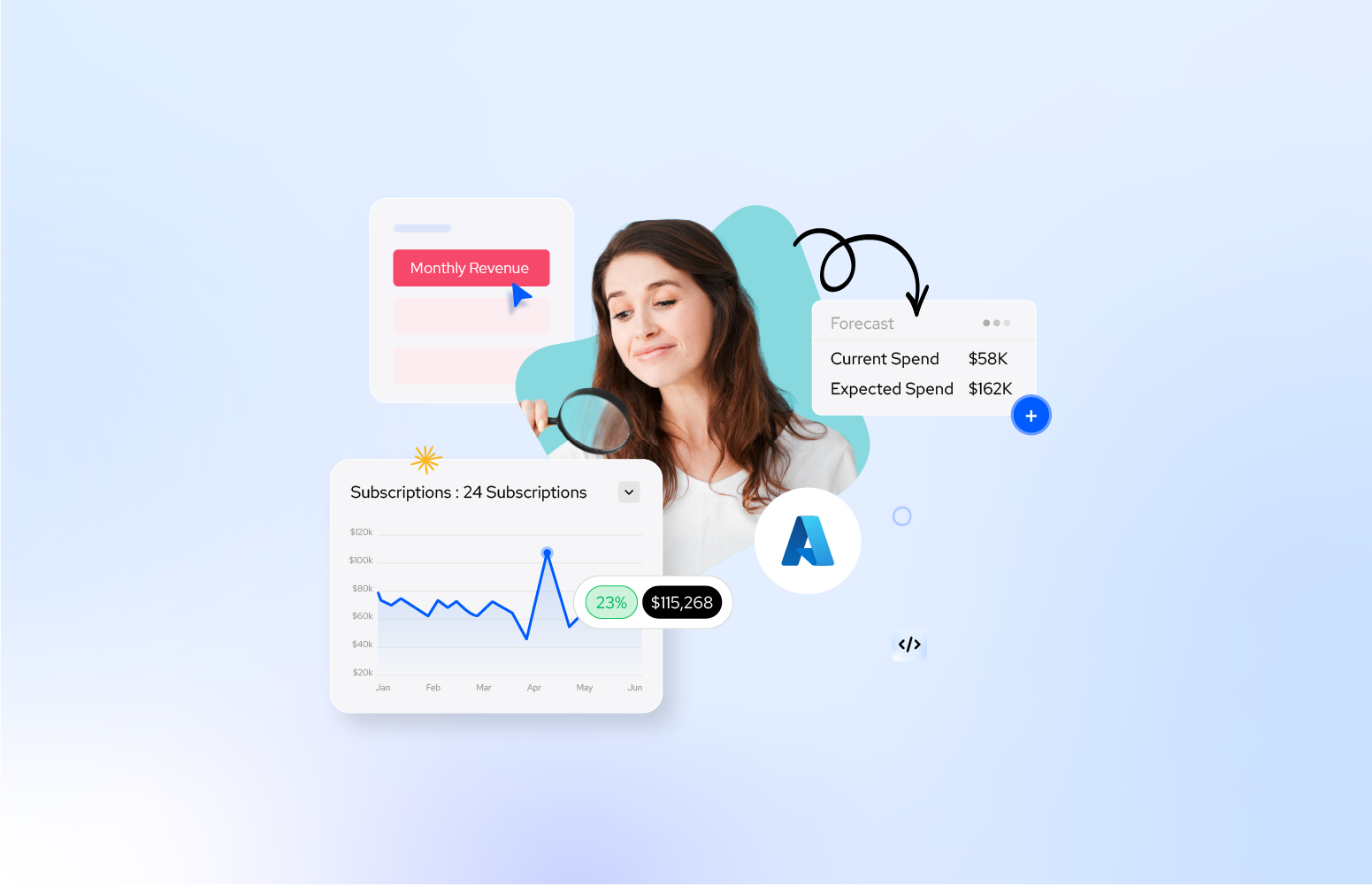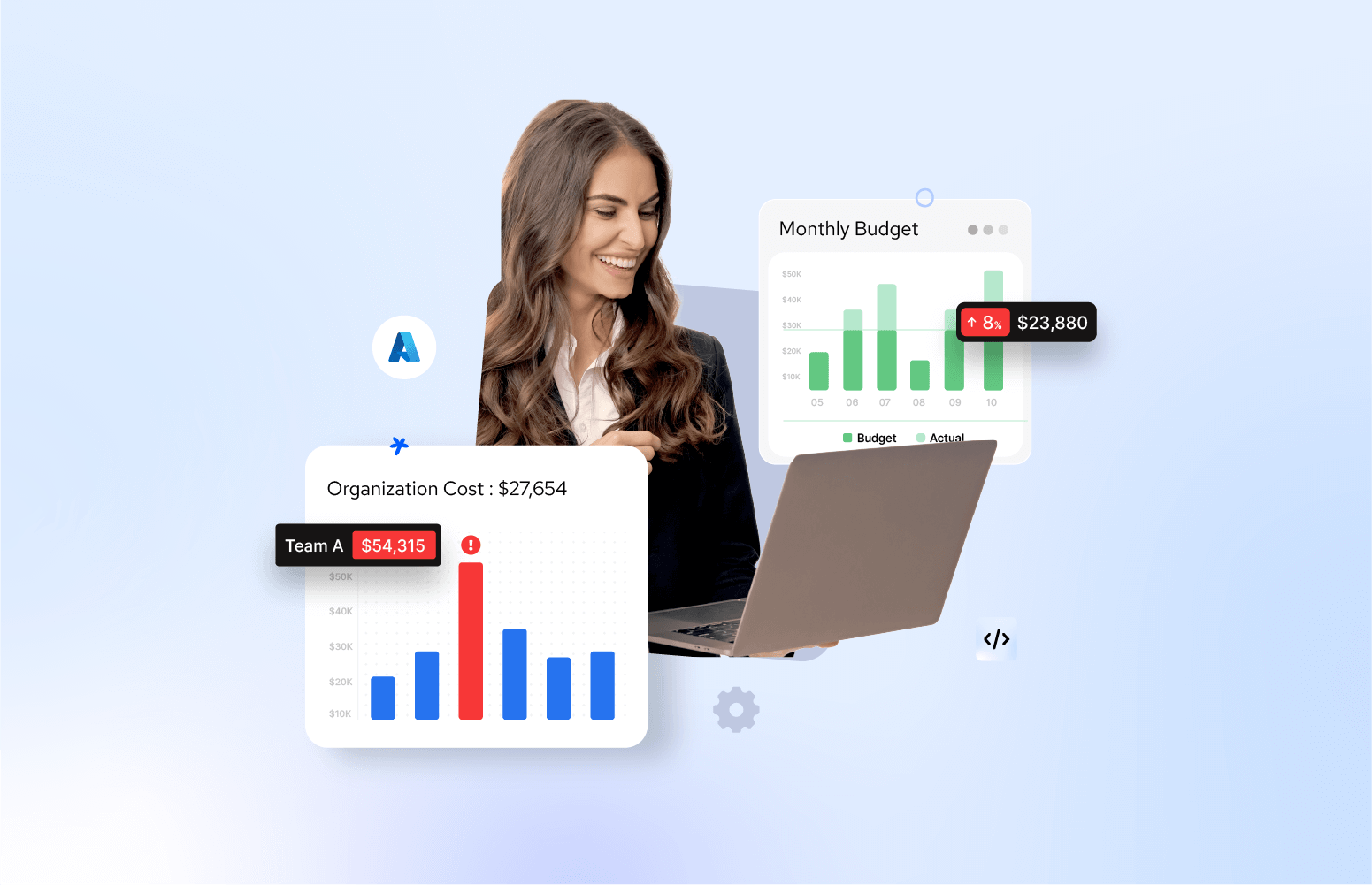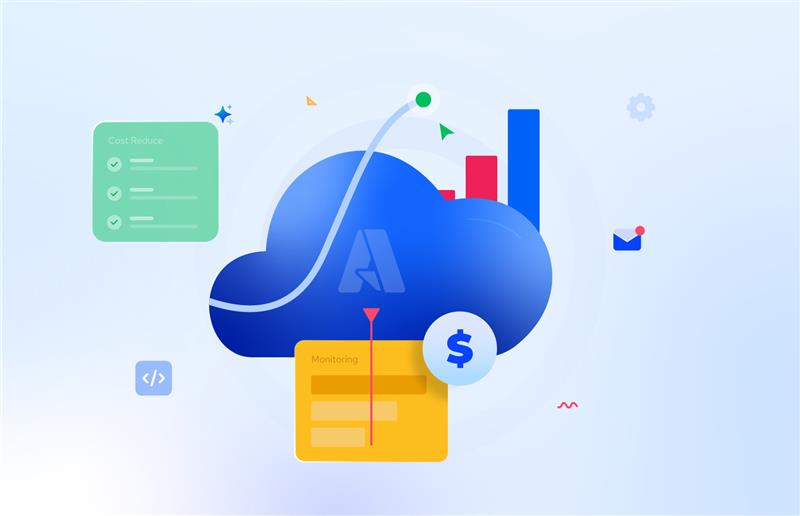In the SaaS era, especially in the B2B segment, the business’s profitability will vary from customer to customer.
It is usual to observe that there would be a few “expensive customers” who use the platform heavily, which could also mean they are profitable customers.
But we cannot take plain guesses! As a business, ensuring that the revenue we receive from each customer is appropriate for what it costs us to deliver the value is significant.
Getting the cost per customer insight is a significant metric that could give you answers to making business-related decisions; at the same time, it is also tough to measure.
Ask your team what it costs to support a specific customer for a month. Would they be able to answer?
In most cases, the answer is no! Because there is no straightforward way to get the cost per customer data from Azure bill. Instead, it provides the standard deployment view, such as cost per subscription and resource groups.
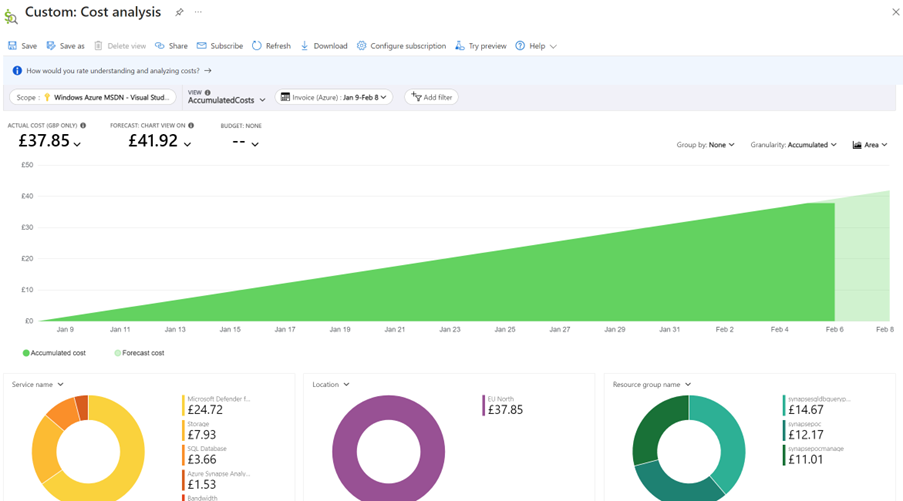
How measuring cost per customer can impact organisation’s bottom line?
It’s been observed that having the cost per customer insight helps in making informed business decisions, as explained below, and thereby helps in improving the profit margins.
Approach the contract/license renewals intelligently
Once you determine the cost of supporting individual customers in the cloud and combining that data with the CAC (Customer acquisition cost), it can yield your desired cost per customer, and you shall pass on that data to the licensing and sales team during the renewal process.
With that, the licensing team can approach the customers with custom plans based on their usage and propose new costs that could benefit the company’s margins.
Efficiently package the pricing of the product
Once you understand the cost per customer and even granular unit economics like cost per feature, it helps you better package the product pricing based on customers’ demand or usage of the features.
By optimizing the pricing strategy, you can put extra funding toward building new features and improving the value of the existing product without increasing the overall budget.
Prevent churn with productive client conversation
The unclear connection between the customer and its supporting cost can cause strife. Not all customers use the SaaS platform equally and having a standard pricing plan doesn’t make sense to most companies.
With precise cost-per-customer data, your team can have productive conversations with large customers and use their usage data to come up with better pricing agreements.
In turn, this frees up small companies to pay less according to their usage while making meaningful contributions to the revenue.
Target the profitable customer segment
With the cost-per-customer data, you can also unveil another dimension of the business insights: the profitable customer segment.
For some companies, the mid-market customer could be profitable once; for another company, the enterprise customer could positively impact the bottom line. You can share this insight with the marketing team to target effectively.
How Turbo360 provides cost per customer data better?
I want to clarify why getting the cost per customer data in the Azure portal is hard. In multi-tenant architecture, typically, resources come from different subscriptions and tenants that make up a product or its features.
Given this fact, in Azure cost management, you can only view the cost in the standard deployment view, such as per resources group, resources, and location. This view is misaligned with what the customers need to make informed business decisions.
Turbo360 Azure Cost Analyzer breaks the barrier and goes beyond the boundaries to fetch the cost data all over your Azure environment.
It also provides a clear tree hierarchy view called cost groups to represent the unit cost of a customer. This helps the user get instant answers and facilitates sharing insights with all the stakeholders like executives, finance, finops, and engineering.
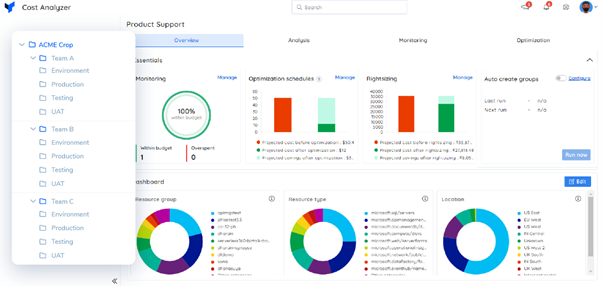
How it works?
One of the main differentiators of Turbo360’s capabilities compared to the native Azure cost management platform is our ability to take vast amounts of cost data from disparate tenants, subscriptions, resource groups, and tags and turn them in a way that gives you the desired insights.
Timely access to the data makes a real impact, and hence, we build an intuitive tree hierarchical view that provides cost-per-customer data instantly.
With access to the Service Principal, the platform can consolidate the cost data across all your environments and ensure accurate cost allocation.
Also, it is possible to provide access even to non-technical teams like finance and executives to get desired cost insights.
Further to this data, you can again drill down into a granular segment confined to a customer, like cost per feature.
Turbo360 is not just a cost analysis platform
Our platform goes beyond cost data aggregation and brings monitoring and optimization capabilities.
Under cost monitoring, you will be able to detect cost anomalies in case any of the customers using your platform drains the resource, escalating the cost; then, you will be promptly informed by Turbo360 to take action. Also, it allows the Azure budget alerts to prevent overspending from any unit-level cost.
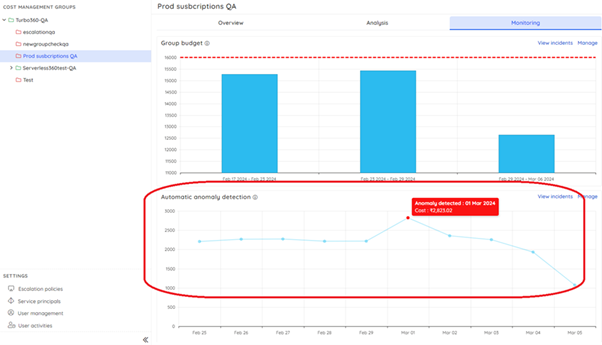
Under cost optimization, you will be provided with reservation, right sizing, and idle resource insights, which will help you save significant money.
The image below highlights the screen where you can get the Reservation recommendations, the current cost, and the optimized cost for both 1-year and 3-year commitments.
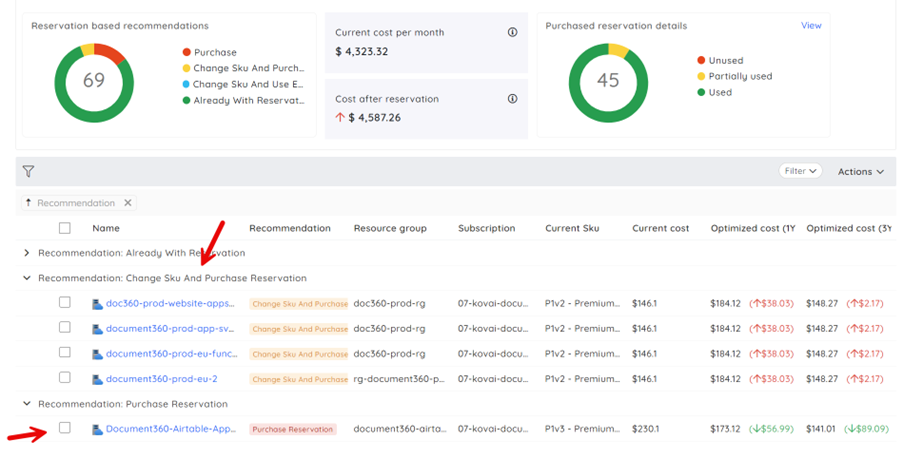
Workload optimization is one of the areas in which Turbo360 is looking to help you. The scheduler feature can create a schedule and turn on/off resources to optimize workloads with a time-based usage pattern.
The perfect scenarios for these are things like non-production environments.
In Turbo360, you can create a schedule for workload automation under the context of one of the cost scopes on the tree view. This is especially important for the democratization of cost. Each engineering team can manage its automation alongside its cost data.
Conclusion
Understanding the cost per customer is paramount in the SaaS landscape, particularly within the B2B segment where profitability can vary significantly between clients. While Azure’s billing structure may not readily provide this data, tools like Turbo360 offer a solution by consolidating cost data from diverse sources to reveal insights crucial for informed decision-making.

